Blog&News
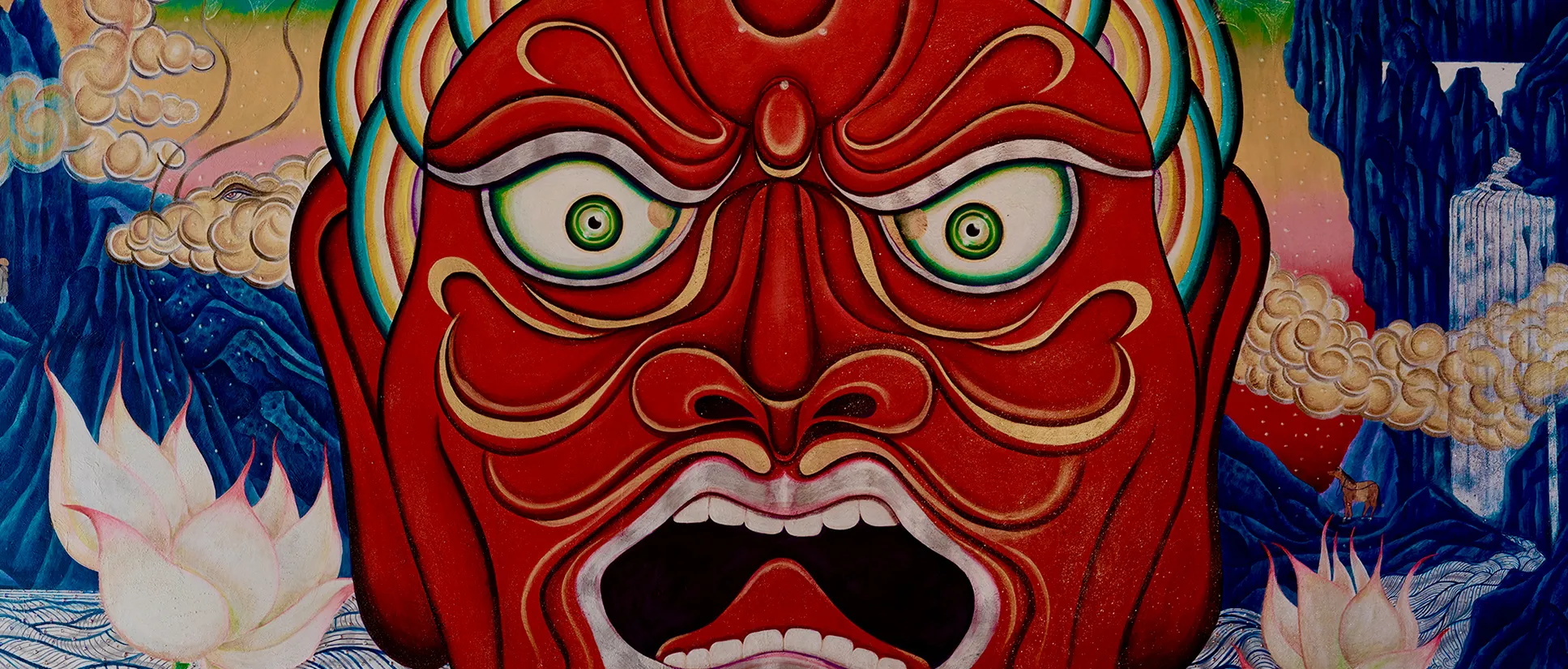
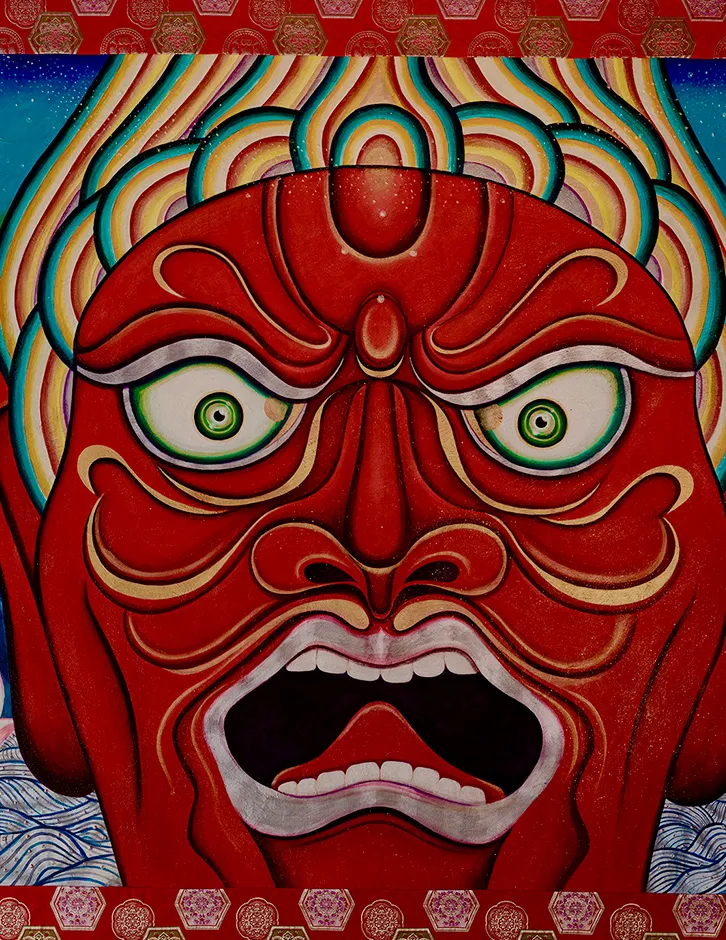
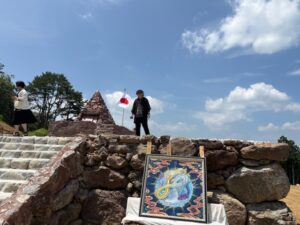
The erection ceremony for the Showa Shrine’s masonry far shrine on the upper reaches of the Niyodo River in Kochi Prefecture was held on July 7, 2025.
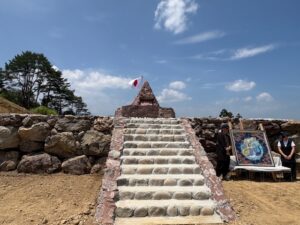
On July 6, a get-together was held at a lodging facility called “Akiba-no-yu” deep in the mountains as the eve of the ceremony. As soon as Shiozawa arrived at the venue, he opened the dedication painting and hurriedly wrote the names of those who wished to add their name on the back of the work.
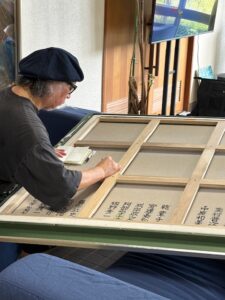
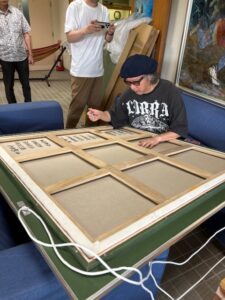
Mr. Ishibashi, Executive Director of the Showa Memorial Cultural Welfare Foundation, which contributed to the construction of the Showa Shrine, gave a speech, and the attendees of the next day’s prayer service and related people gathered in the hall.


And then, Shiozawa was introduced to unveil his first dedication work, “Tenjin Sleeping Gold Dragon Silver Dragon.

He mentioned the sleeping cat at the Yomeimon Gate, which contains a wish for peace at Nikko Toshogu Shrine. The sparrow behind the cat is playing peacefully because the cat is sleeping. The reason why the gold and silver dragons protecting the earth in my work are sleeping is also a wish for a peaceful earth. Without the Showa Emperor who ended the war, we would not be alive here today, and I thought it was appropriate for that Showa Shrine. He explained that from now on, the work is a symbol that Japan will play a central role in creating the world of the future.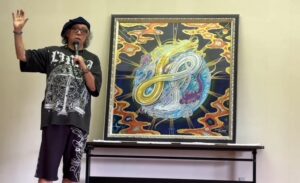
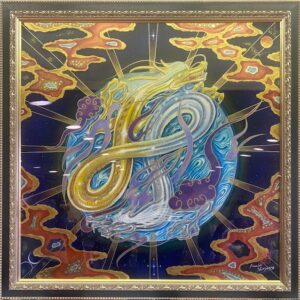
Afterwards, Shiozawa played music dedicated to the work “Tenjin,” and the reception was very lively, with many people taking commemorative photos with the dedicated work.
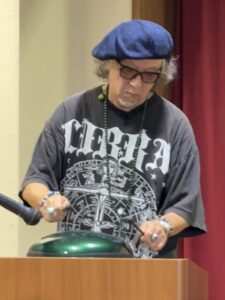



The next morning, July 7, was clear and sunny. This location upstream of the Niyodo River is the site of the “Miyako” a settlement where Emperor Antoku, who was believed to have died in the Genpei War, actually survived and lived in hiding, and is an area of deep Japanese history and spiritual power.
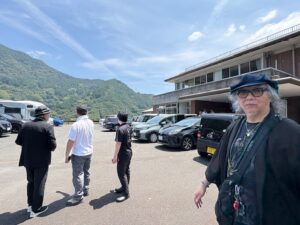
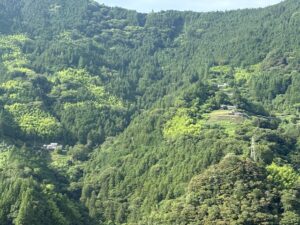
The ceremony began with Shiozawa once again explaining the dedication work “Tenjin Sleep Gold Dragon Silver Dragon”.
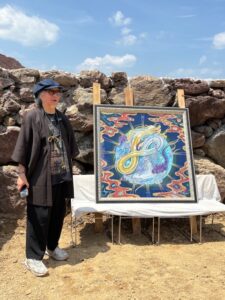
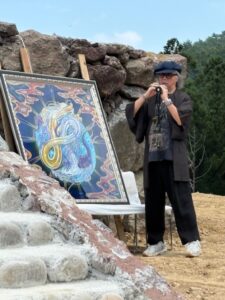
Ms. Kakemizu of the Showa Memorial Cultural Welfare Foundation gave us a detailed account of how Emperor Showa referred to the U.S. occupation forces for us, the Japanese people, at the end of the war. She also spoke enthusiastically about the depth of the area’s ancient history.
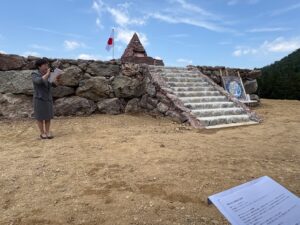
Later, a mystical ritual based on the tradition of separating the boundary between the sacred and secular realms was performed by the hermit who had been supporting the emperor and the Japanese people behind the scenes since the Nara period.
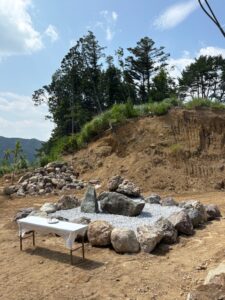
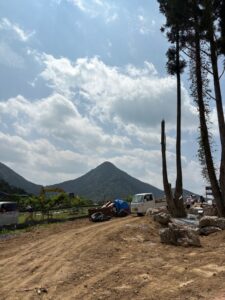
She described the area as a place of purity with mysterious spiritual powers, where two “sazare-ishi,” stones for rituals that are rarely found in Japan, were accidentally discovered near here.
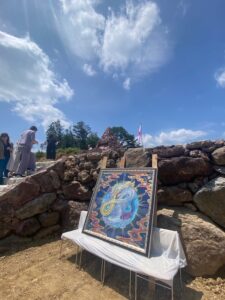
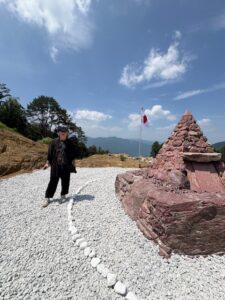
We would like to once again express our deepest gratitude for having been able to witness this historic event, where we all came together as one, praying for a happy future for the world, and connecting with God’s heart.
。